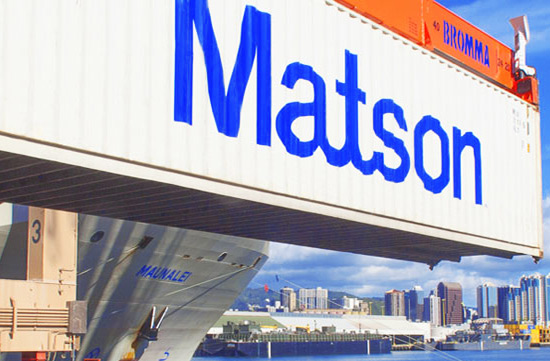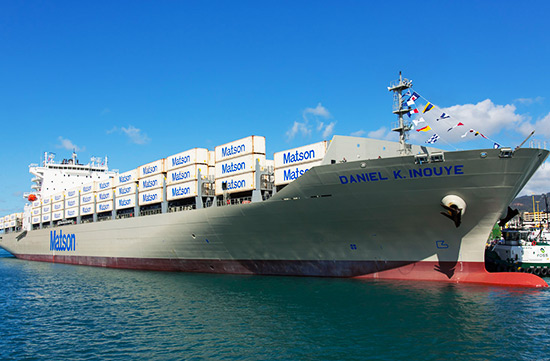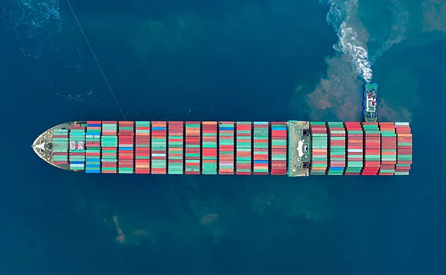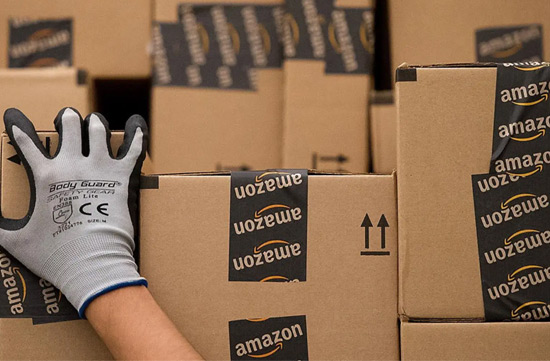
Rocket Consultation
Aggregation of cross-border logistics information
What is the difference between Meisen limited time delivery and regular shipping?
Since 2020, the US online market has experienced ups and downs, with ups and downs. The most eye-catching are the skyrocketing sea freight and unlimited delays. From a service perspective, there are no new ideas or improvements compared to before. On the contrary, as the ship moves slower and slower, its efficiency becomes worse and worse.
From the perspective of route innovation, the only bright spot in the current market is the express liner, although it has been around for a long time. From serving niche markets (such as clothing) to now, it is well known that the rise of e-commerce undoubtedly greatly promotes the development and growth of express shipping. The various congestion and delays caused by the epidemic have made customers more eager for the services of express ships.
The problem is that there is no unified definition of express ships in the market, and everyone's user experience is also different. Some friends feel that they have paid a high price, but the goods are not the right ones. Some have been deeply hurt by the "express ship" and dare not try again. So what kind of route is an express ship?

Definition of express ships
The selling point of express ships is timeliness. How to measure timeliness? From the perspective of the shipowner, it is the time from ETD to the container being able to be picked up at the destination port/yard. From the customer's perspective, it is the time from delivery/loading of the container to the arrival of the goods at the destination port or delivery to the courier company. This end-to-end service involves many aspects, and shipowners cannot control the overall situation. However, the time from the departure of the ship to the extraction of the container is the most critical period, and it is also the ability that the express line owner/route focuses on building, which is the focus of this article's discussion.
What kind of ship can be called an express ship? There are narrow and broad definitions here. Narrowly defined express ships are fast shipping schedules and priority express services at both ends. The generalized express ship refers to a segment of the end-to-end process that is faster than a regular route, thereby improving overall timeliness.
Let's make a comparison. Taking Shanghai to LA as an example, this is the current time limit for regular routes: 15 days for port to port (excluding routes that circle the Earth a few times)+20 days for waiting time (excluding those with more than 20 days)+5 days for ship operations+7 days for lifting boxes=47 days, close to 50 days. If it starts from the time the customer makes the container, plus the delay at the port of departure, 60 days is normal. If this time can be reduced by half or more, it can be called an express ship service in the current market environment. How to do it specifically?

Expressway services for LA/LB
If viewed from the destination port, there are the most shipping companies, routes, and types providing LA/LB express services.
For the convenience of analysis, we can split the express service into three sections: before the port, upon arrival, and after the port.
Port front: The express service in front of the port is reflected in these aspects: priority of berths, guarantee of cabinets and cabins, and operational flexibility (very late come, etc.). Although the congestion at domestic ports is not as severe as LA/LB, pushing forward from ETA, prime time berths are still very scarce. The guarantee of berths can minimize the delay of ETD as much as possible. The guarantee of cabin and cabinets is standard on express ships, and there is nothing special about this. If we can't even achieve these two points, what about express shipping? For e-commerce goods, operational flexibility is very important. Missing a ship may result in customers being fined. If you can catch it, you must catch it. If the shipowner can help, they will definitely help.
Port to Port: This section is basically divided into two camps: express ships and others. The fastest ship from East China to LA takes 10-12 days, while there is no such fast route in South China. Except for the 10 to 12 day extremely fast route, most of the others take around 14 to 18 days, with individual routes requiring several transfers and the entire journey lasting for more than a month. The difference in speed between port to port is around one week.
After the port: As we all know, the bottleneck now mainly lies in the later stage. The performance of each route after the arrival of ships varies greatly, and it is also the most obvious manifestation of the value of express ships. The service differences after arrival are mainly in three stages: waiting at the berth, the time when the container can be picked up, and the convenience of container retrieval.
Waiting time for berthing: There was not much difference before the port was closed, but the current situation is too different. The best express ships have their own exclusive docks and berths, almost without waiting for berthing, and can dock upon arrival. Everyone knows this route, there is only one. The next category is those that can dock within a week, which can be considered very fast in harsh environments with an average waiting time of 20 days. These two situations can be referred to as express ships. The remaining requirement is to be able to dock within 2 to 20 days, which is currently the passing line. There are also those that last for over 20 days. It has been a long time since the port was blocked, and there are records of various express ships that friends have used. Let's take a look at which gear they are in.
The time when the cabinet can be retrieved: Availability is also an important reference indicator for the distance between various express services. The fastest service is available 24 hours after unloading, and the next stop is within 72 hours. Strictly speaking, a container that cannot be picked up for more than 3 days cannot be considered a fast ship. Cabinets can be picked up within a week on regular routes, if not in the closed area. Note: This refers to the time when the cabinet can be retrieved, not the time when the cabinet was removed. When the customer picks up the cabinet depends on their plan and the convenience of picking it up.
The convenience of cabinet retrieval is reflected in several aspects: does it require an appointment to retrieve the cabinet? Is the cabinet placed at the dock or outside the storage yard? The preset premise here is that the shipping company provides a frame, and the cabinet is unloaded and placed on the frame of the shipping company. Not being able to do this will seriously slow down the pickup speed, as the frame has been in short supply. Without the need for an appointment, it naturally increases the flexibility of container pickup, which is greatly helpful for the operation of the warehouse due to its "arbitrariness" and predictability. Finally, whether the container is picked up at the dock or outside the storage yard also affects the delivery time. At the dock, you may encounter blockages inside and outside the dock. Express services that pick up containers at the dock usually have dedicated truck lanes, which can alleviate some container pick-up time but cannot completely avoid congestion. If the cabinet is placed outside the yard, it can avoid the congestion inside the dock. Regardless of the method, being able to complete container pickup within 2 hours is considered the standard for a true express ship. If the truck turn time takes 4-5 hours, the timeliness will be greatly reduced, and the cost will increase.

In summary, LA/LB's express services can be divided into two categories: full service express and local express. The shipping schedule from port to port for the entire express route, as well as the container pick-up time at the destination port, are much faster than regular routes, with typical representatives being the Meisen route and CMA EXX. There are many local express routes available, with fast port to port shipping schedules and relatively fast berthing, but other services are no different from regular routes.
More importantly, there are fast delivery services. We have booked a container for express delivery service, and there is a guarantee of space and container at the port of departure. The loading on board also ensures that the container is unloaded as soon as possible. The shipping company provides a frame, and the container can be picked up within 72 hours after unloading (originally 24 hours later). The uncontrollable aspect lies in the waiting time, ranging from one week at a time to 20 days at a time. However, for customers who are unable to pay for Meisen's shipping costs, this fast delivery service offers the highest cost-effectiveness and is highly attractive, making it the best choice between Meisen and regular ships. The surcharge for express delivery services has increased from just a few hundred dollars to over three thousand dollars now, directly reflecting customers' increasingly strong pursuit of timeliness.
Hot Search





